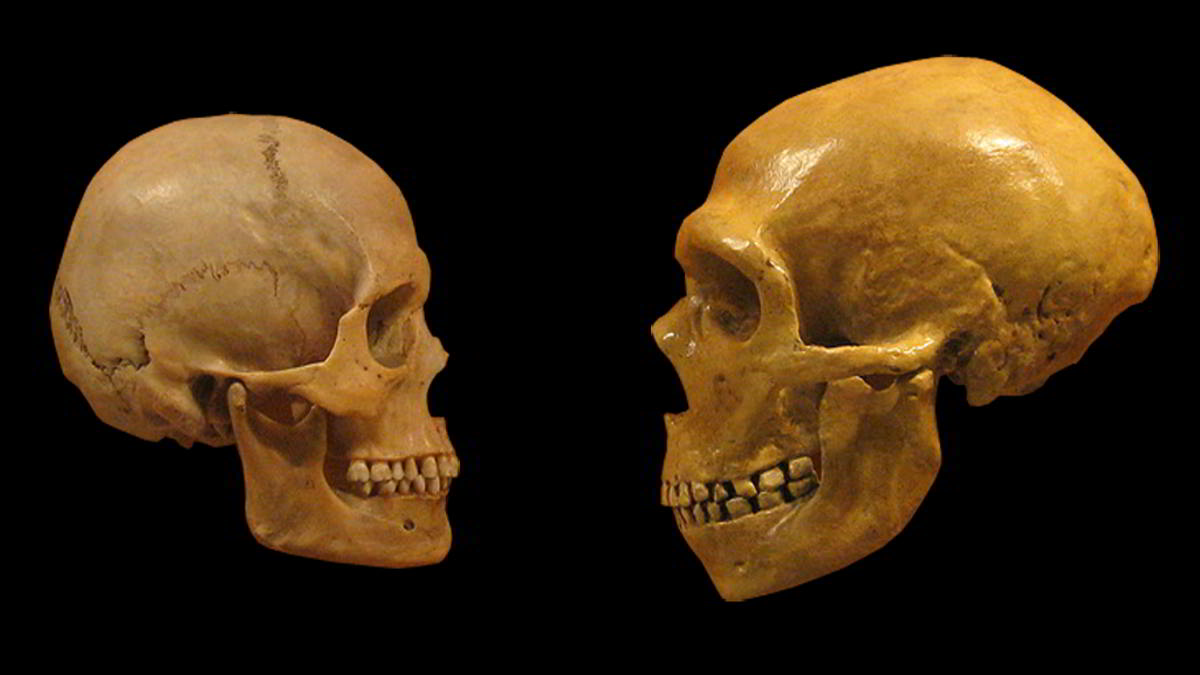Differences between human and Neanderthal brains are revealed. Scientists are looking for differences in the brains of modern humans with Neanderthals, our closest relatives. For a long time, the question of what it does primeval man unique and attract the attention of scientists.
The Max Planck Institute of Molecular Cell Biology and Genetic tried to do the analysis. Their findings ultimately yielded quite interesting insights. They found that this organ among Neanderthals was similar to modern humans, but different in shape.
Read also: The most unique facts of primitive Neanderthal man, clever in art?
Differences between human and Neanderthal brains, similar but different shapes
An interesting study was published on 8 September. The study revealed striking differences in the evolution of the brains of modern humans and Neanderthals.
Scientists revealed that the increase in brain size and the production of neurons during brain development were considered to be the main factors for increasing cognitive abilities. It happened during human evolution.
Details of the scientists’ study were published in the journal Science. The title of the diary is “Human TKTL1 implies greater neurogenesis in the frontal neocortex of modern humans than Neanderthals. “
In the new study, Anneline Pinson and her colleagues at the Max Planck Institute of Molecular Cell Biology and Genetics compared the genome sequences of modern humans to Neanderthals.
Read also: Surprising discovery of Neanderthal genes in African populations!
Comparison with other monkeys
Scientists also compared it to other monkeys. They found a unique amino acid substitution encoding the modern human gene similar to transketolase 1 (TKTL1).
In this study, they found that modern humans and Neanderthals developed brains of similar size. Very little is known about whether there are differences in the production of their neurons during development.
Now, researchers are showing a variant of the TKTL1 protein in the modern human brain. The variant of the TKTL1 protein differs only in one amino acid from Neanderthals.
It increases a type of brain progenitor cell called the basal radial glia in the modern human brain.
Read also: 48,000-year-old teeth found in La Cotte reveal early human facts
Comparison between modern human and Neanderthal brains
These basal radial glial cells produce most of the neurons in the developing neocortex. It is a very important part of the brain for cognitive abilities.
The researchers compared the brains of modern humans to our closest relatives, the Neanderthals.
The activity of TKTL1 is very high in the frontal lobe of the human brain. Therefore, the scientists concluded that replacing a human-specific amino acid in TKTL1 was the basis for the production of larger neurons.
This production is in the developing frontal lobe neocortex in modern humans rather than Neanderthals.
Only a small number of proteins have differences in the amino acid sequence. In modern humans with our extinct relatives the Neanderthals and Denisovans.
Hence the difference between the human brain and Neanderthals. Experiments suggest that the Neanderthal version of the gene is associated with slower neuron formation in the cerebral cortex during evolution. Scientists say it could explain the superior cognitive abilities of modern humans. (R10 / HR-Online)
–


